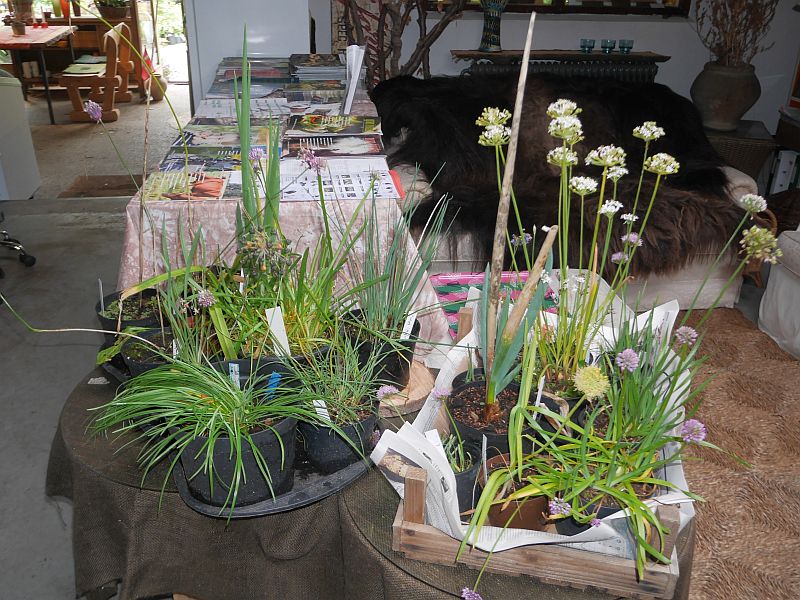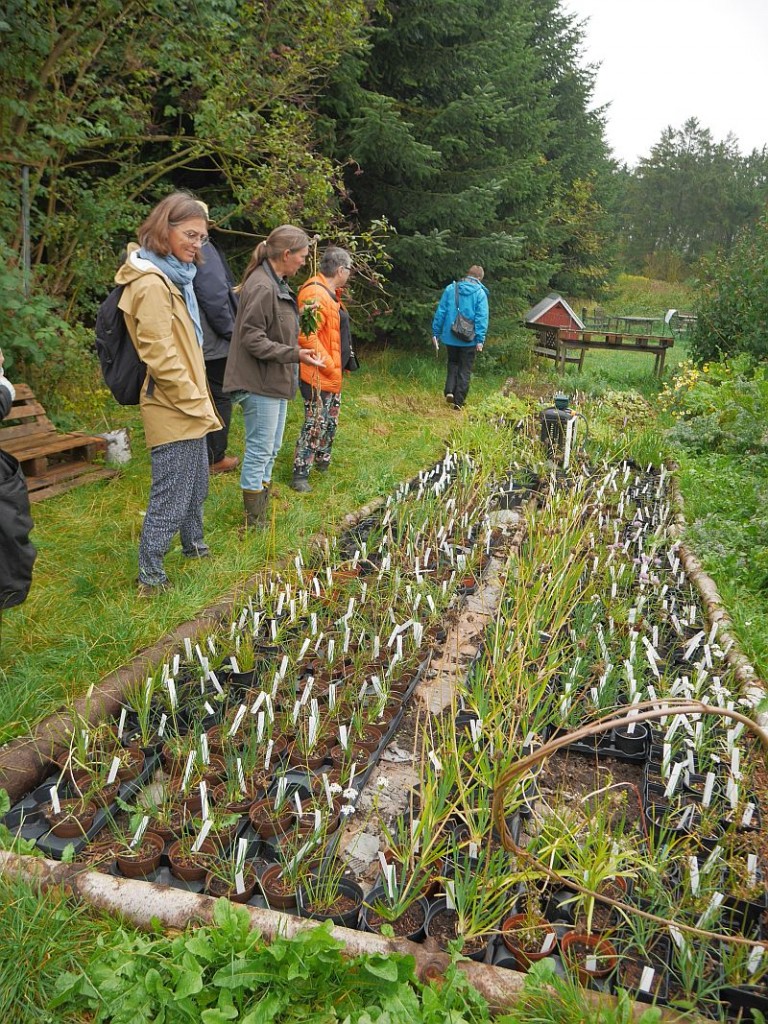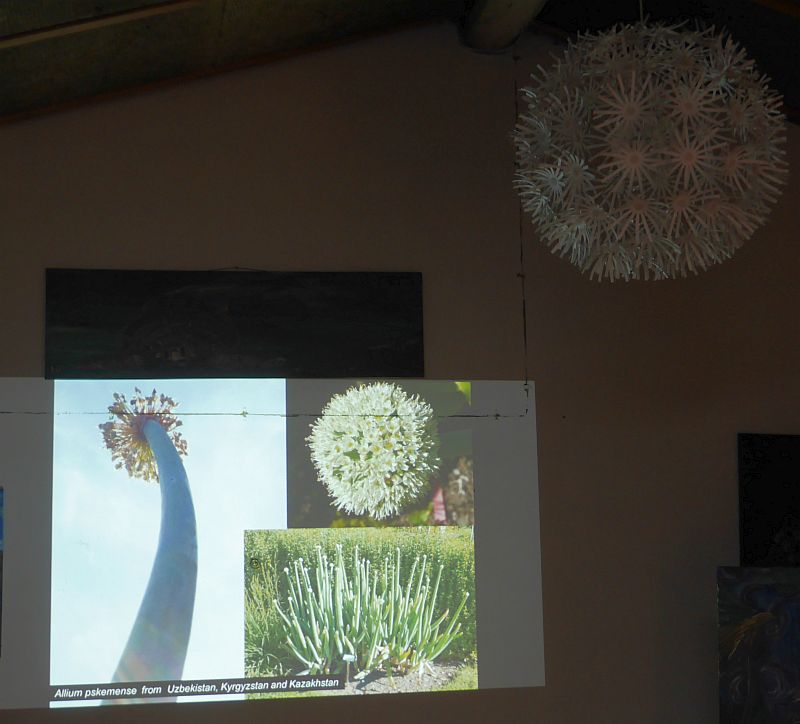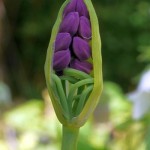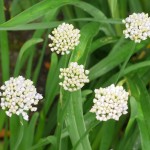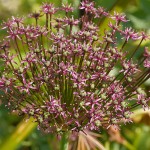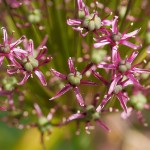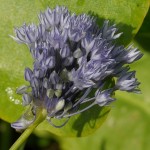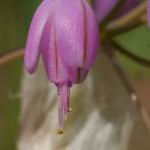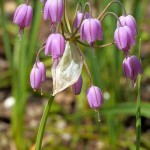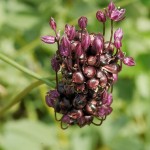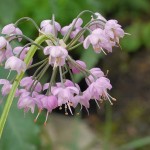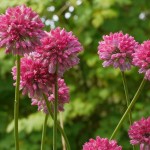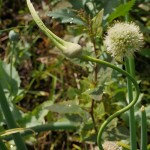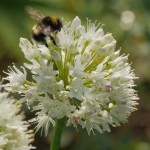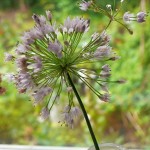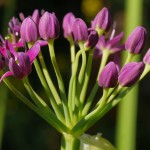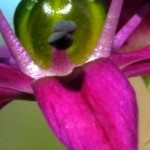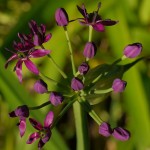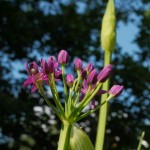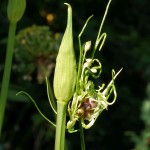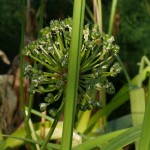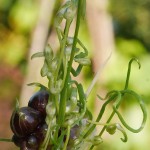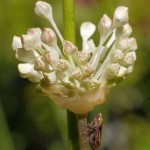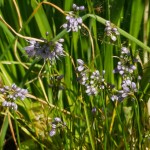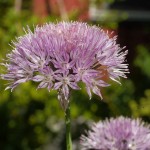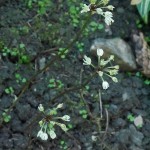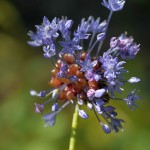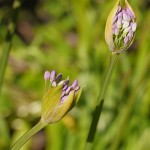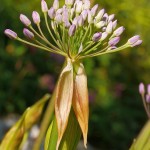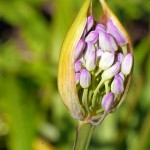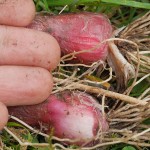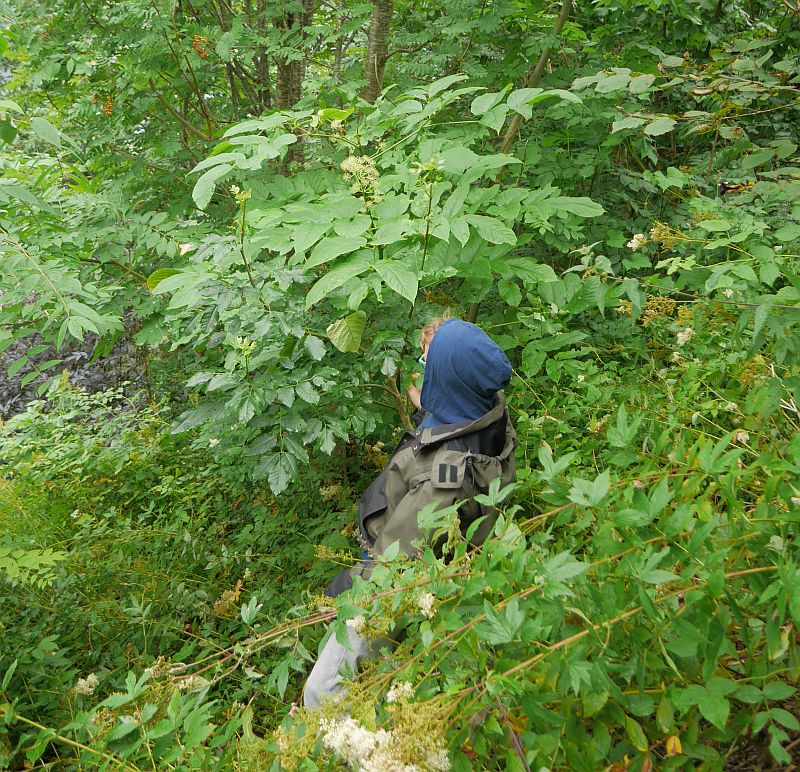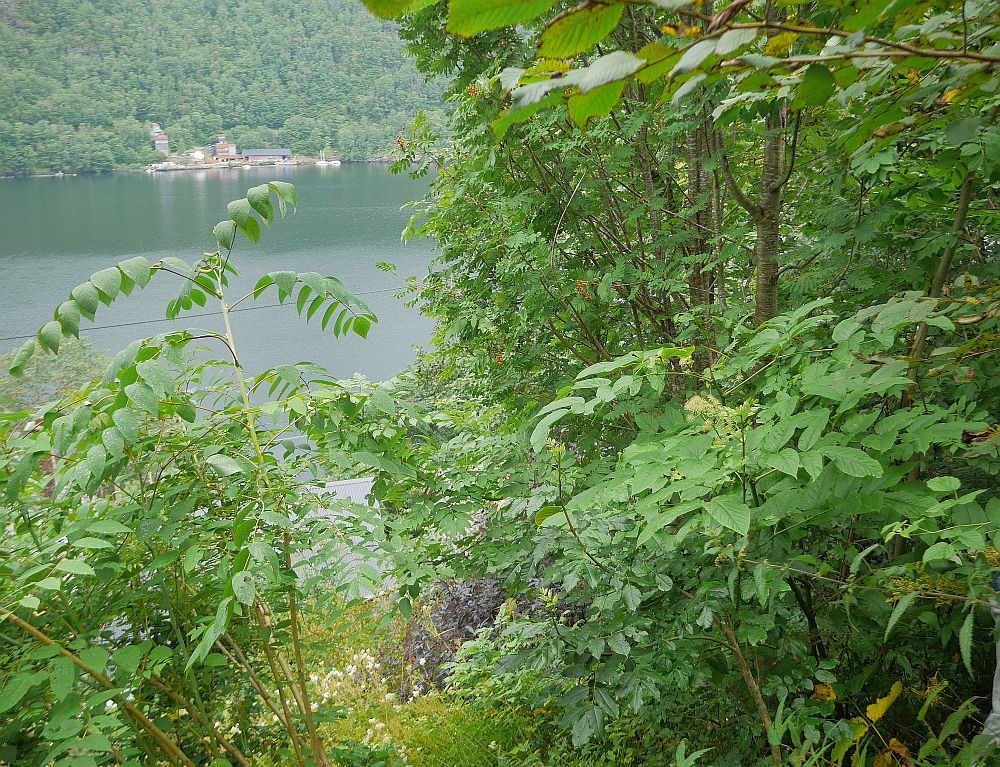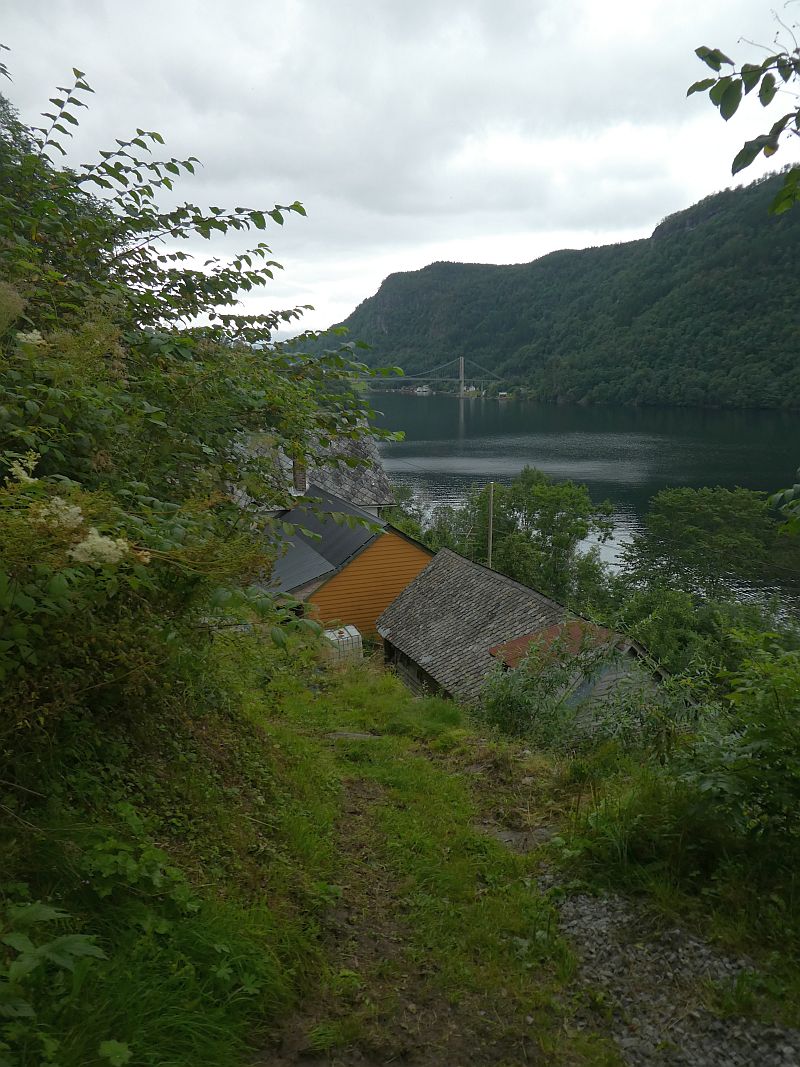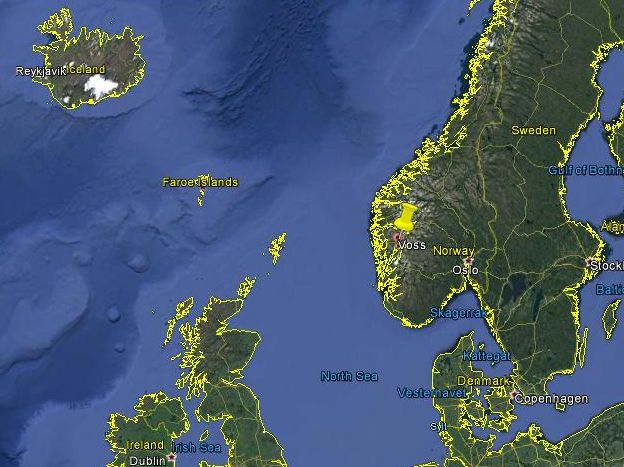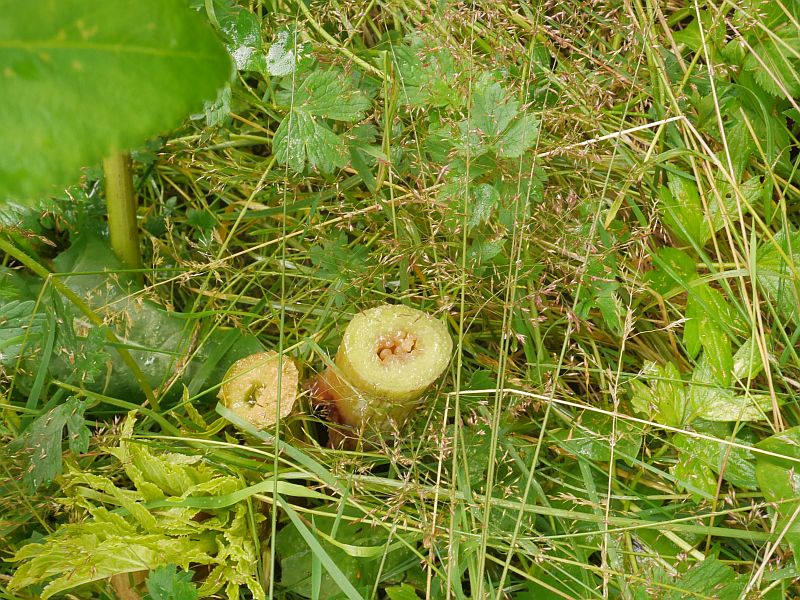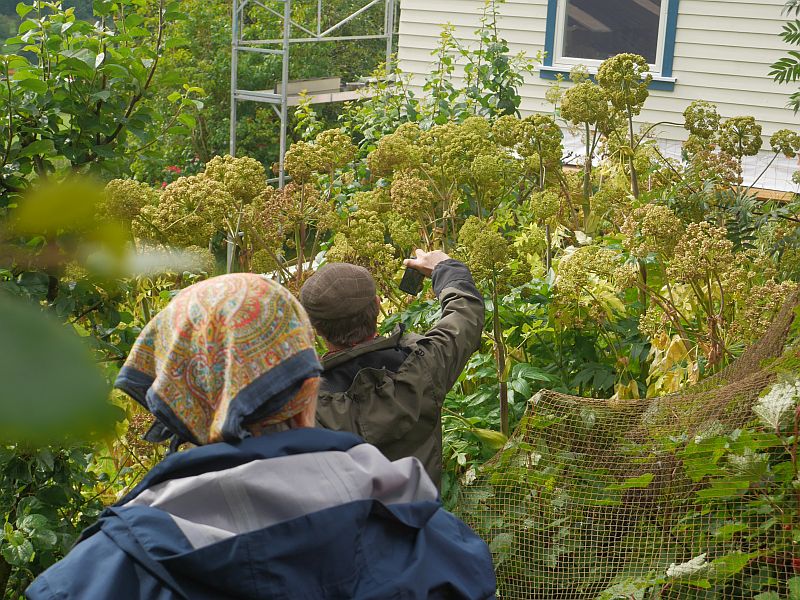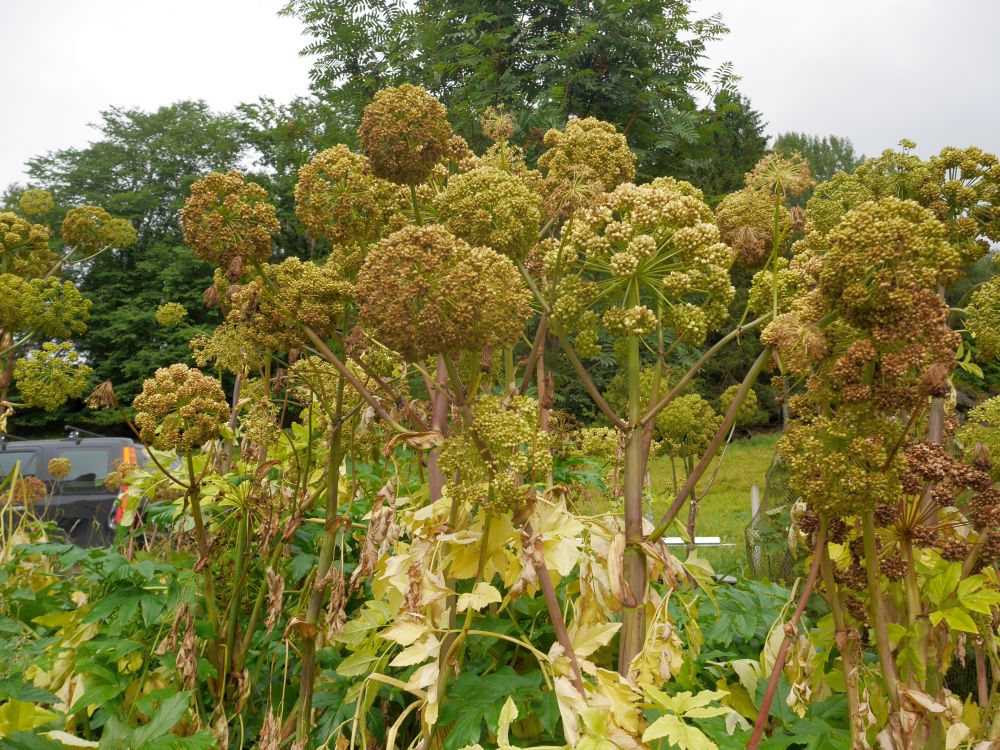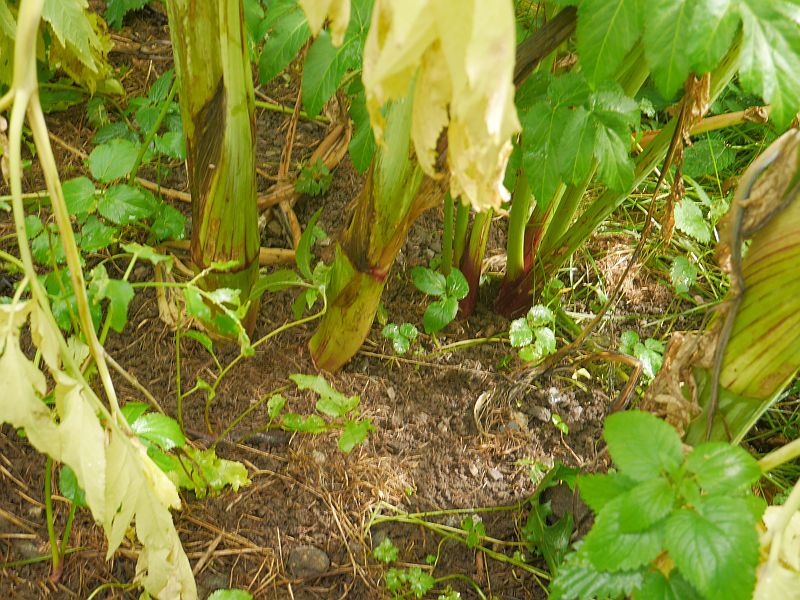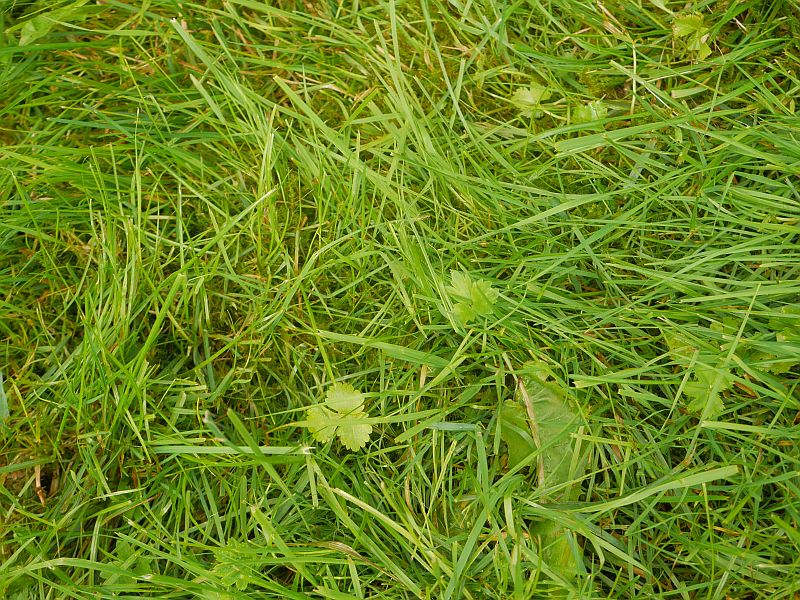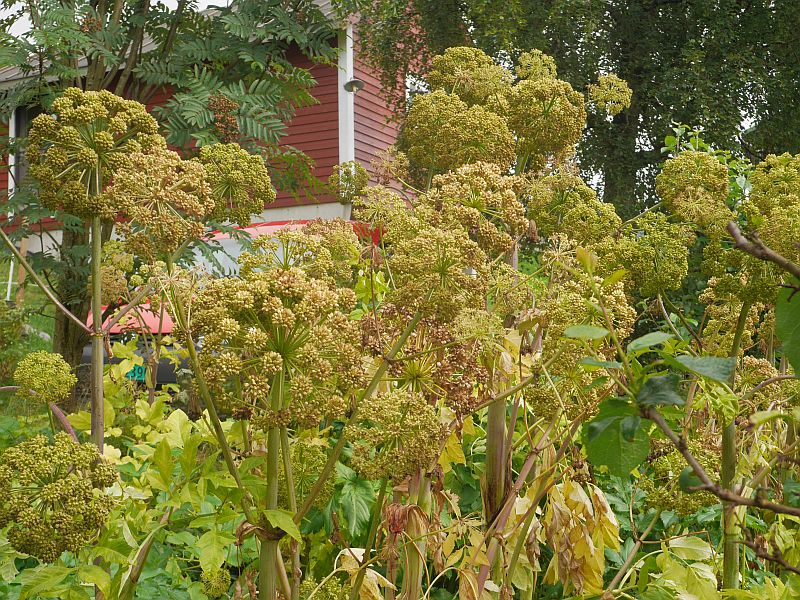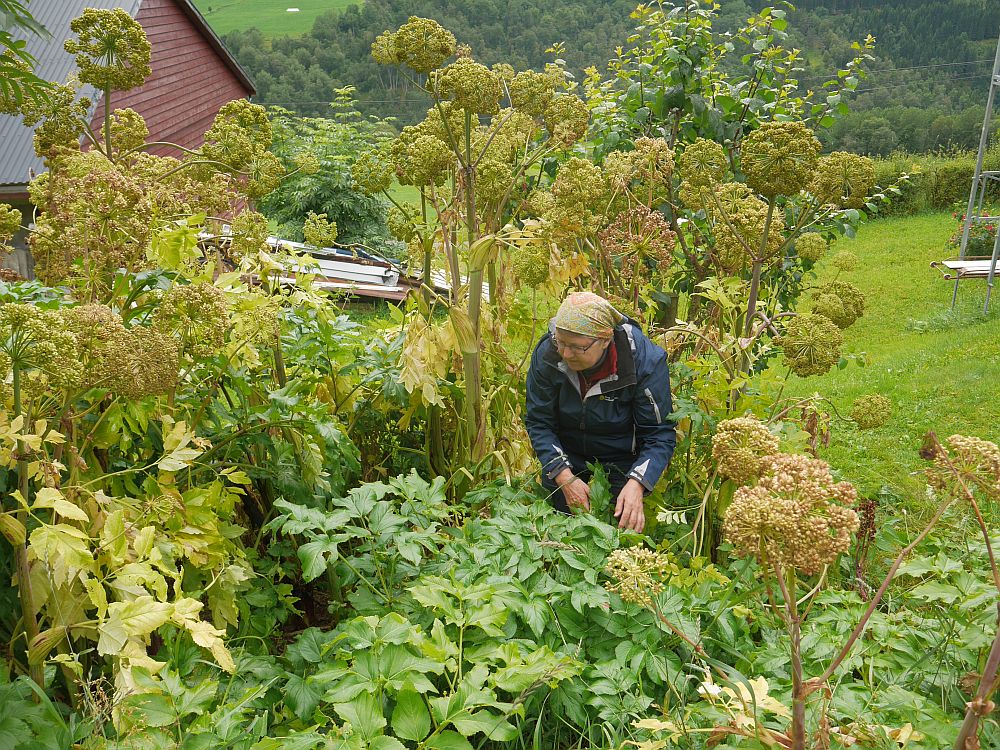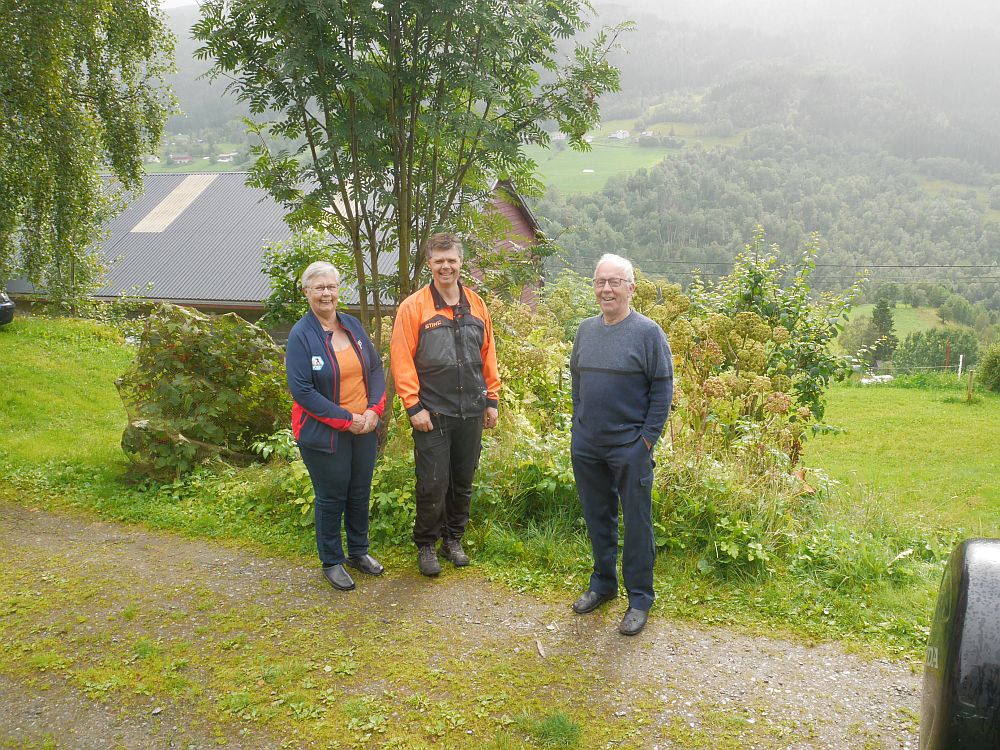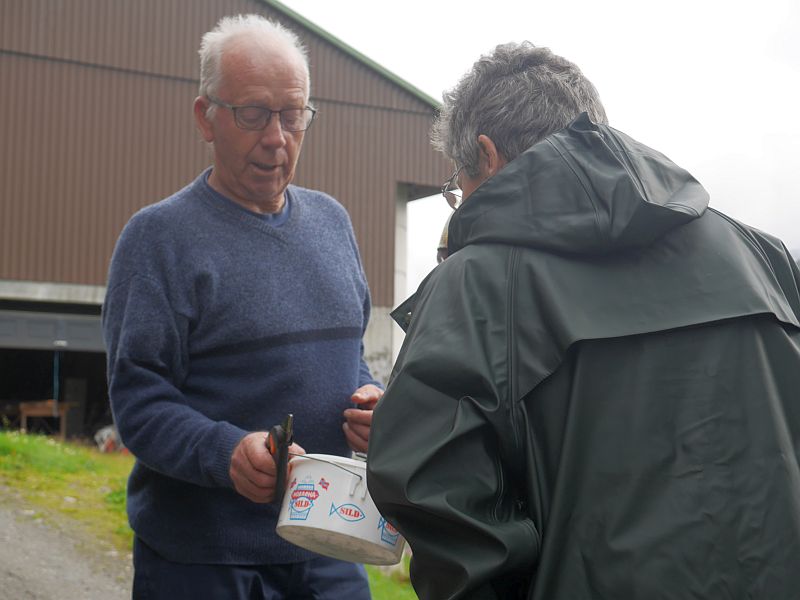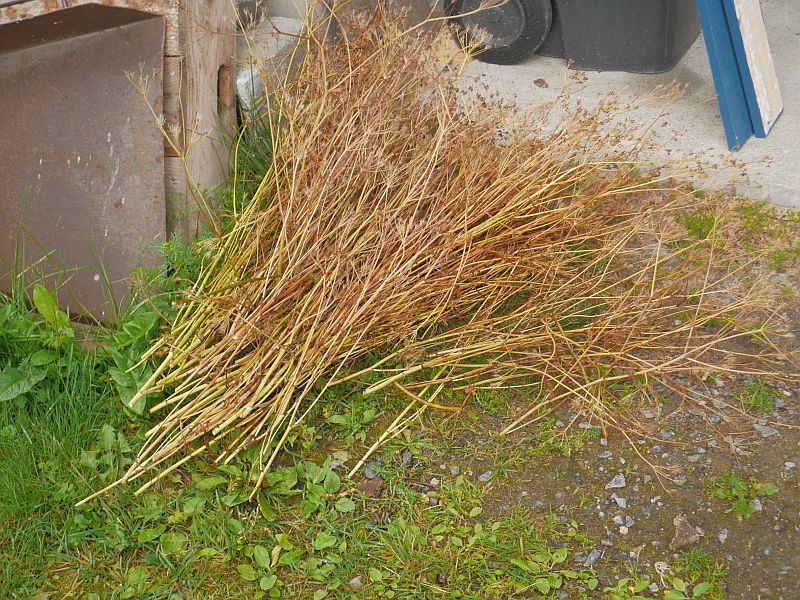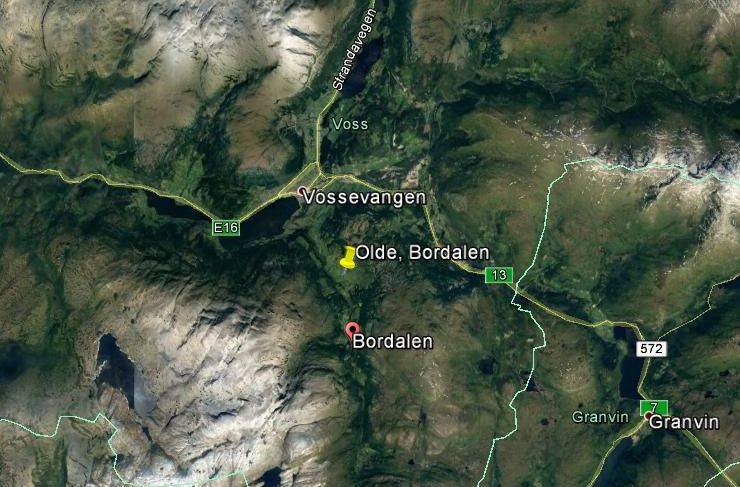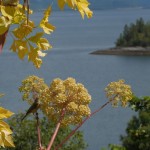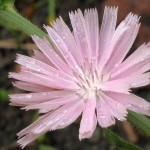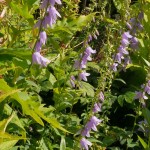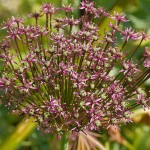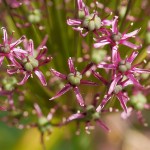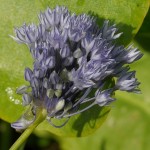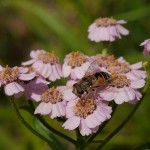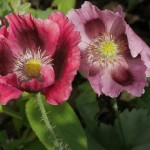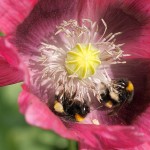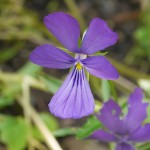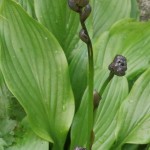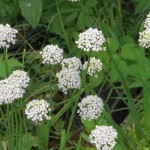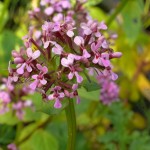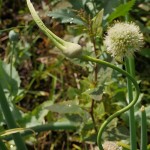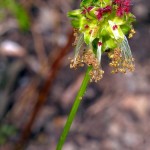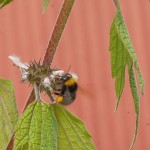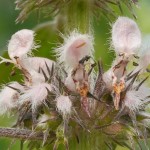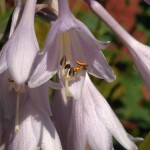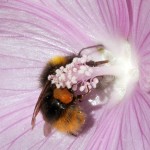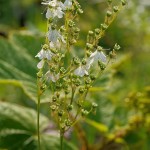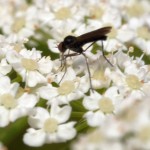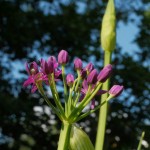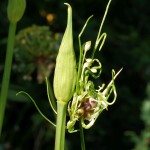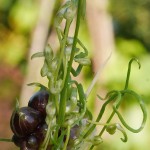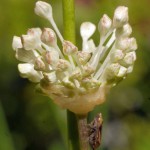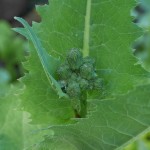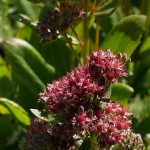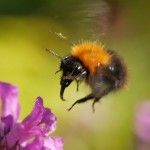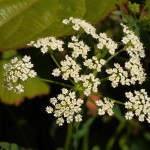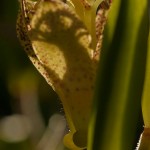Category Archives: Perennial vegetables
Talk in the Gothenburg botanical gardens
Recent Alliums in the garden; August 2017
Extreme salad film
Eirik’s Udo
Eirik Lillebøe Wiken and Hege Iren Aasdal Wiken‘s Udo (Aralia cordata) has grown a lot since last year and has one of the best views over Fyksefjorden in the Forest Garden! :)
1. Eirik and his Udo now towers over his head..
2. Decaisnea (Dead man’s finger / likfinger) on the left produces fruit with Udo (Aralia cordata)
3. View down over Eirik and Hege’s house close to the Fyksefjord
Grow UP city salad
Kvannsafari to Olde in Bordalen
On 7th August, I went on my first “Kvannsafari” near the mountain village Voss in south western Norway ![]()
Kvann is Norwegian Mountain Angelica, Angelica archangelica ssp. archangelica, one of the most important plants in Norwegian history, used as a vegetable back to the times of the Vikings and an important exported medicinal herb in the past. It was a very important vegetable of the Sami people! In my book “Around the World in 80 plants”, I tell the story of a special form of kvann, known as Vossakvann, traditionally cultivated in special Kvann-yards (kvannagard) on the farms in this area. A good historical review of this plant can be found in Ove Fosså’s paper (see below) and, in Norwegian, please search for Vossakvann on Norwegian Seed Savers web site, http://kvann.no).
The aim of our trip was to visit one of the last farms still growing Vossakvann, Olde in Bordalen. Vossakvann has almost filled (solid) leaf and flower stalks whilst wild plants are hollow …in other words, there’s more “flesh”… It is also milder tasting, perhaps because there’s more flesh, the plant producing the same amount of bitter substances which are spread over a larger volume?
Jorunn Ringheim Hernes, who had recently retired from Landbruksrådgivning (the agricultural advisory service) in Voss, had arranged with the farmer, Knut Arvid Olde, to visit. Some years ago, Jorunn had sent me a couple of plants from a different line of Vossakvann, Elgje. Sadly, this line had recently been lost due to the seed not germinating. Further, a third line at Markusteigen has almost disappeared locally due to the fact that the kvannagard had not been looked after (repeatedly cut down) and only 3-4 plants could be found on a visit there last week. The farmer is now aware of this and will try to look after and build up the kvannagard again! The Markusteigen line is the one line from which plants still exist away from Voss (in Oslo and in Orkanger) (seed were collected a few years ago).
I’d heard that Knut Arvid Olde was enthusiastic to conserve this unique variety on the farm and this was confirmed during our visit, although there was a sense of panic in his voice when he heard that his kvannagard was the only one left, partly as he had planned to sell some of the harvest to a local cheese producer! There were about 30 flowering stalks full of seeds and below the plants many self-sowed young plants. I was surprised that all the young plants I tested had solid stalks and Knut Arvid said that they hadn’t selected for this property… I had previously learned that only a percentage of seed propagated plants had the characteristics of Vossakvann, but here they all seemed to be true to form!
Jorunn Hernes will return in a week or two to collect seed during drier weather (it was wet during our visit and only a few seed were ripe). Landbruksrådgivning also have a project to make a trial kvannagard and Knut Arvid was positive that it could be on his land using his line!
Norwegian Seed Savers is, confusingly here, called KVANN (see http://kvann.no) as this is our most important native useful plant traditionally. We have a project, coordinated by Stephen Barstow and Åsmund Asdal and new web pages are planned) in which we are trying to conserve the different lines of Vossakvann with help of the seed saver network and perhaps also further develop a more stable cultivar.
Hablitzia forest garden
Edimentals in the garden; early August 2017
Here’s the first batch of Edimentals pictures from the garden this week :) More to come!
030817: More added
040817: More added
050817: …and even more added!
Dividing 1-year old Hablitzia plants
Hablitzia roots have an astonishing number of shoots waiting to grow if you cut them down…I like to think that this is an adaptation to human grazing pressure, so that we can repeatedly harvest without killing the plants ;)
Root cuttings work to quickly multiply plants , just ensure you use a sharp knife and have at least one shoot on each root slice! See the pictures!


